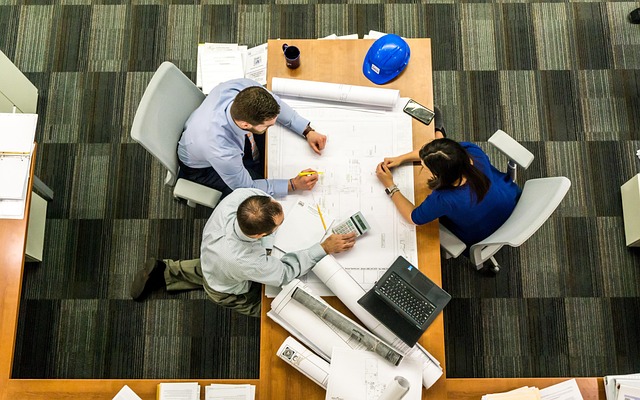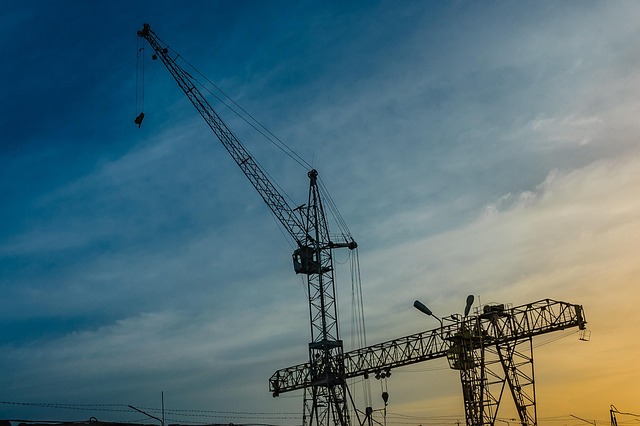Building a Greener Tomorrow: Exploring Sustainable Practices in Infrastructure Development
As the world grapples with the realities of climate change and environmental degradation, the concept of sustainability has transcended from a buzzword to a necessity. In the realm of infrastructure development, the significance of sustainability relations cannot be overstated. The way we build our roads, bridges, and buildings impacts not only the environment but also the communities that inhabit them.
The Essence of Sustainable Infrastructure
At its core, sustainable infrastructure seeks to create systems that coexist harmoniously with the environment. This means prioritizing materials that are renewable, utilizing energy-efficient processes, and ensuring that development projects enhance the quality of life for current and future generations. Architects and engineers are now tasked with blending functionality with a deep respect for nature.
Innovative Material Choices
One of the pillars of sustainability relations in infrastructure is the choice of materials. The construction industry has seen a shift towards the use of recycled and locally sourced materials. For instance, using reclaimed wood or recycled steel reduces waste and lowers the carbon footprint associated with transportation. Moreover, green materials like bamboo, which grows rapidly and absorbs carbon, present an eco-friendly alternative to traditional resources.
Energy Efficiency in Design
Building designs now emphasize energy efficiency. This involves maximizing natural light, incorporating green roofs, and using intelligent building management systems that monitor energy consumption. These practices not only reduce operational costs but also align with sustainable principles by minimizing reliance on fossil fuels.
Transportation Innovations
The future of infrastructure also lies in sustainable transportation solutions. From electric public transit options to bike-sharing programs, communities are evolving to reduce reliance on single-occupancy vehicles. Urban planners are embracing concepts like walkable neighborhoods and integrated transport systems, enhancing mobility while preserving environmental quality.
Community Engagement and Education
Moreover, the involvement of local communities in the planning stages of infrastructure projects is essential. Successful sustainable practices hinge on understanding the needs and values of those impacted. Educating communities about the benefits of sustainability fosters a sense of ownership and responsibility, ensuring that projects not only serve immediate needs but also contribute positively to the environment.
Measuring Success: Beyond Economic Factors
Traditionally, the success of infrastructure projects has been measured primarily through economic indicators. However, in the context of sustainability relations, it is crucial to include environmental and social metrics in these assessments. Tools like Life Cycle Assessment (LCA) can help us understand the long-term impacts of our infrastructure on both human and ecological systems.
As we continue to build a greener tomorrow, it’s imperative that stakeholders in the infrastructure sector commit to sustainable practices that resonate with broader environmental goals. Each project serves as an opportunity to advance our society toward a more sustainable future, letting innovation guide us while ensuring that nature remains at the forefront of our designs.
By embedding sustainability into the fabric of our infrastructure development, we pave the way for thriving communities, a balanced ecosystem, and ultimately, a healthier planet for generations to come.




